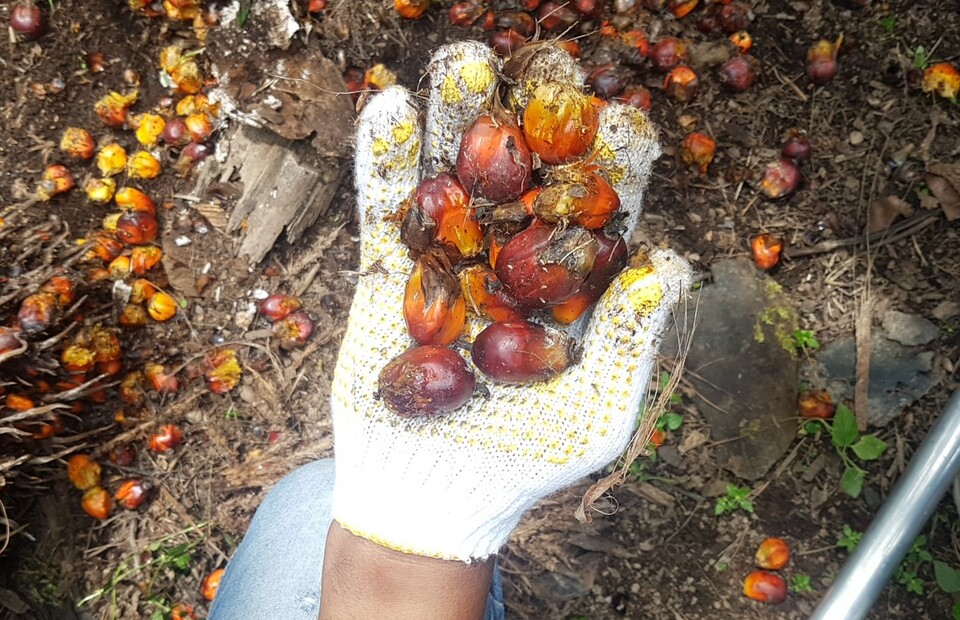Abstract
Candida albicans is one of the most frequent pathogens present in the reproductive system. The negative in vitro effects of C. albicans on sperm functions have previously been studied. The current study was undertaken to investigate the effects of C. albicans infection in vivo on sperm quality and to evaluate the efficacy of vitamin E administration in rats infected with C. albicans. In this study, 5 days after infection induction, animals were treated with vitamin E for 5 weeks. Thereafter, sperm parameters, lipid peroxidation (LPO), total antioxidant capacity (TAC), hormonal analysis and testis histology were evaluated. Based on the results, sperm parameters and TAC significantly reduced, while LPO and tissue damage increased (p ≤ .05) following the infection. Hormone analysis showed low LH and testosterone levels in serum of the infected rats. Treatment with vitamin E significantly (p ≤ .05) improved sperm quality and testis histology, increased TAC and reduced LPO. In addition, vitamin E administration significantly increased (p ≤ .05) serum LH and testosterone levels. These results clearly indicate that vitamin E is effective in attenuating the adverse effects of C. albicans infection on male fertility and could be used as a complementary treatment for patients who suffer from fertility disorders following C. albicans infection.


